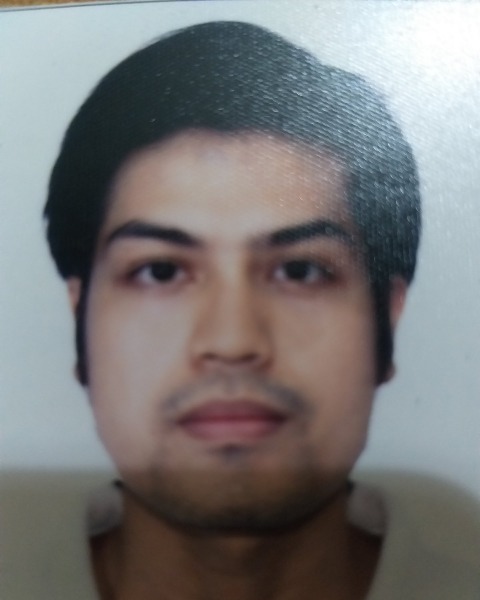Radiotherapy and Radiosurgery in treating patients with Residual Cushing’s Disease: A Meta-analysis and Systematic Review
Radiotherapy and Radiosurgery in Treating Patients with Residual Cushing’s Disease: a Meta-analysis and Systematic Review
Friday, April 21, 2023


John Emmanuel Y. Custodio (he/him/his)
Neurosugery resident
Jose R. Reyes Memorial Medical Center
ePoster Presenter(s)
Introduction: Cushing’s Disease affects approximately 40 patients per million population with an incidence of 1.2-2.4 patients per million each year. It significantly impairs quality of life leading to morbidity and mortality rates of up to 42%. Transsphenoidal surgery remains the primary treatment, however recurrence rates may reach 50%. The addition of adjuvant radiation treatment helps reduce recurrence and improve remission, but the question of which form of adjuvant treatment is most effective remains unanswered.
Methods: We searched from the Cochrane Central Register of Controlled Trials in the Cochrane Library, MEDLINE/PubMed, the US National Institutes of Health Ongoing Trials Register, and the World Health Organization International Clinical Trials Registry Platform for studies in which Stereotactic Radiosurgery (SRS) or Radiotherapy (RT) were used in newly diagnosed adults with residual Cushing’s Disease following surgery. Patients with recurrent tumors and those who had previous radiotherapy were excluded. Outcomes evaluated were tumor control, hormonal control and hypopituitarism. The risk of bias was assessed using the ROBINS-I tool for nonrandomized studies. We pooled outcomes using a random-effects model.
Results: The final search yielded twelve eligible studies, with two cohort studies included in the meta-analysis. SRS and fractionated RT were not significantly different in terms of tumor control (RR 1.37, 95% CI 0.72 to 2.59, p=0.34) and hormonal control (RR 1.46, 95% CI 0.85 to 2.51, p=0.17). There was no difference in the likelihood of post-radiation hypopituitarism between the two interventions (RR 1.31, 95% CI 0.31 to 5.48, p=0.71).
Conclusion : Adjuvant stereotactic radiosurgery and fractionated radiotherapy for residual Cushing’s disease are equally effective in terms of tumor control and hormonal control, with similar biochemical remission rates and risk for hypopituitarism.
Methods: We searched from the Cochrane Central Register of Controlled Trials in the Cochrane Library, MEDLINE/PubMed, the US National Institutes of Health Ongoing Trials Register, and the World Health Organization International Clinical Trials Registry Platform for studies in which Stereotactic Radiosurgery (SRS) or Radiotherapy (RT) were used in newly diagnosed adults with residual Cushing’s Disease following surgery. Patients with recurrent tumors and those who had previous radiotherapy were excluded. Outcomes evaluated were tumor control, hormonal control and hypopituitarism. The risk of bias was assessed using the ROBINS-I tool for nonrandomized studies. We pooled outcomes using a random-effects model.
Results: The final search yielded twelve eligible studies, with two cohort studies included in the meta-analysis. SRS and fractionated RT were not significantly different in terms of tumor control (RR 1.37, 95% CI 0.72 to 2.59, p=0.34) and hormonal control (RR 1.46, 95% CI 0.85 to 2.51, p=0.17). There was no difference in the likelihood of post-radiation hypopituitarism between the two interventions (RR 1.31, 95% CI 0.31 to 5.48, p=0.71).
Conclusion : Adjuvant stereotactic radiosurgery and fractionated radiotherapy for residual Cushing’s disease are equally effective in terms of tumor control and hormonal control, with similar biochemical remission rates and risk for hypopituitarism.
